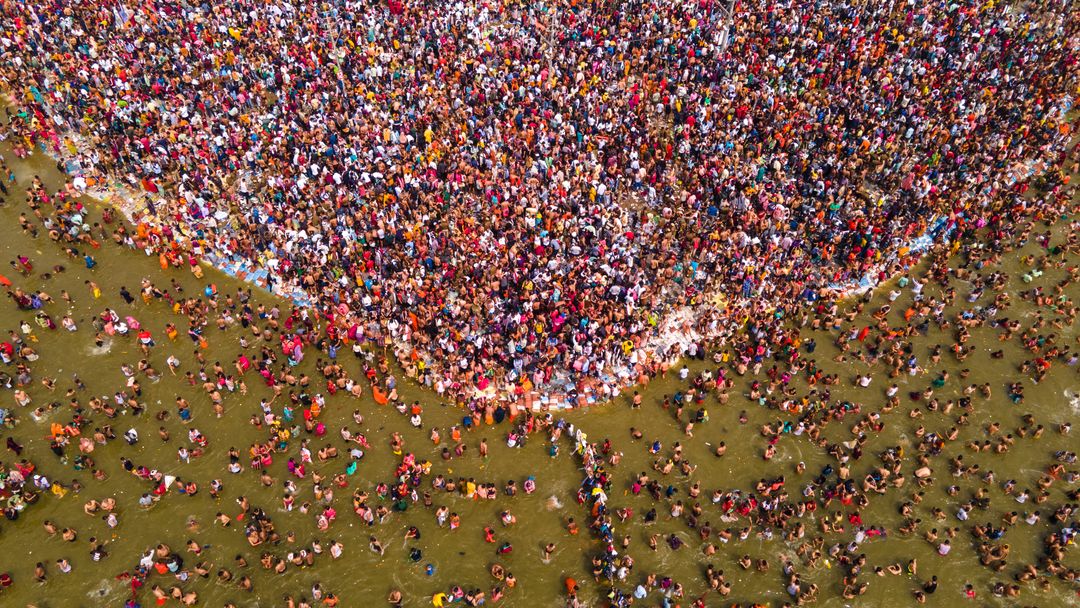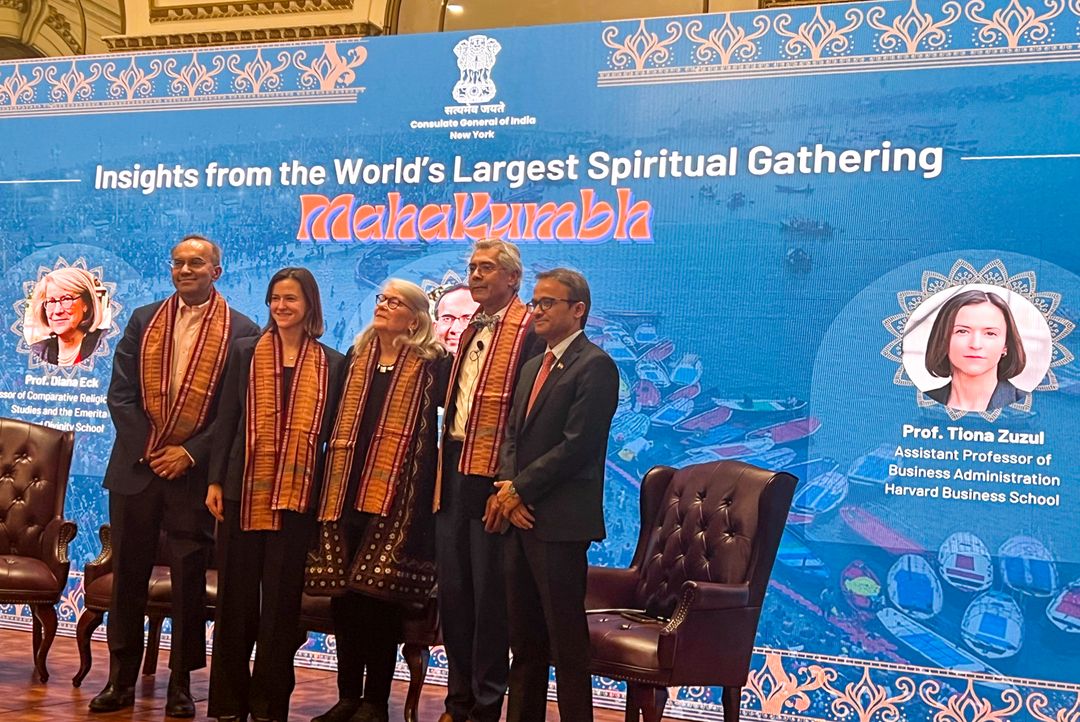
Prayagraj, March 2: For 67-year-old advocate Niranjan Lal, the recent stampede during the 2025 Maha Kumbh Mela revived haunting memories of a similar tragedy his family experienced in 1954. The tragic coincidence was especially poignant as both incidents took place on the sacred day of Mauni Amavasya at Prayagraj’s famed Triveni Sangam.
“My uncle had saved his sister by pulling her out of the river waters by her hair as she slipped beneath amid the chaos,” Lal recounted, sharing the harrowing story he heard from his late aunt, a survivor of the 1954 stampede.
History Repeats on Mauni Amavasya Day
The 1954 disaster, marking the first Kumbh Mela held at Allahabad (now Prayagraj) after India's independence, saw hundreds lose their lives on February 3, Mauni Amavasya. Seven decades later, another stampede unfolded on January 29, 2025, again on Mauni Amavasya, leaving at least 30 dead and 60 injured, as per official figures.Niranjan Lal and his wife, Saloni, were camping in a Swiss cottage at Sector 6 of Mahakumbh Nagar when they received a midnight call from their son Akshat, cautioning them about the stampede. Taking the advice seriously, they refrained from heading to the crowded Sangam that night.
“We didn’t step out until sunrise. By 11 am, when we visited Dashashwamedh Ghat near our camp, the crowds were immense,” Lal narrated, adding, “We knew about the tragedy, so we stayed vigilant.”
Family Tradition Overrides Fear
Despite the trauma, Lal’s family chose to uphold their generational tradition of participating in 'kalpwas', a sacred period of austerity during the Kumbh Mela. “We didn’t return home out of fear. My wife completed her kalpwas rituals, maintaining our family's long-standing tradition,” he affirmed.The Lal family, rooted deeply in Prayagraj's cultural tapestry, has consistently observed these rituals since India's independence. Saloni Niranjan continued this custom at the Maha Kumbh this year, honoring the tradition following her mother-in-law’s passing in 2019.
City Remains Scarred by 1954 Memories
The memories of the 1954 tragedy remain embedded deeply in Prayagraj’s collective consciousness. Akshat Lal, Niranjan’s 32-year-old son and author of "Kumbh: A Divine Show at Allahabad" (2013), reflected, “The scale of that tragedy shook the nation. Every old family here either lost someone or knew someone who did.”Historian Kama Maclean, in her book "Pilgrimage and Power: The Kumbh Mela in Allahabad 1765-1954", highlighted a similar sentiment, noting that residents consistently recalled the 1954 stampede when discussing the Kumbh Mela’s history.
Concerns Over Crowd Management and Safety
Advocate Lal criticized the authorities’ handling of the 2025 Maha Kumbh, accusing them of complacency driven by an aggressive marketing campaign and celebrity endorsements. “The ‘144 years’ hype and VVIP culture exacerbated crowding,” he alleged.The Uttar Pradesh government, however, insists that ample arrangements were in place, under the theme 'Bhavya Divya Surakshit Maha Kumbh'.
Yet, city residents remain skeptical. Renu Devi, a domestic helper who witnessed the aftermath, recounted, “I saw piles of footwear and bags abandoned by the ghats, floating in the river. Ambulances hurried away with injured pilgrims—it was panic everywhere.”
Faith Prevails Over Fear
Despite witnessing the stampede's horrors, Devi continued her devotional dips, affirming, "Faith overcame my fears. I bathed five times during this Kumbh, mostly after the incident."The 2025 Maha Kumbh drew a record-breaking crowd of over 66 crore pilgrims from January 13 (Paush Purnima) to February 26 (Mahashivratri), featuring elaborate processions of Naga Sadhus and three significant 'Amrit Snan' rituals.


